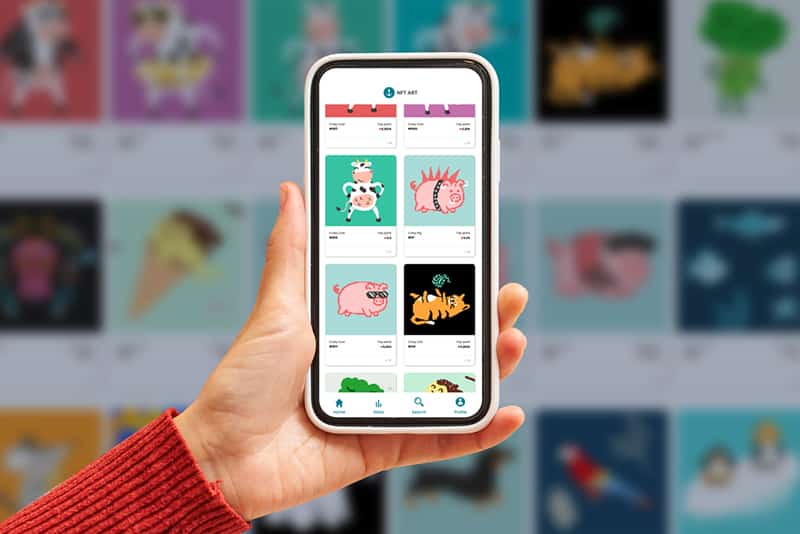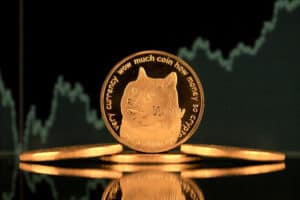Contrary to popular belief, NFTs (non-fungible tokens) isn’t a new thing. However, it’s hard to deny they took a life of their own in 2021 as the latest buzzword in cryptocurrencies.
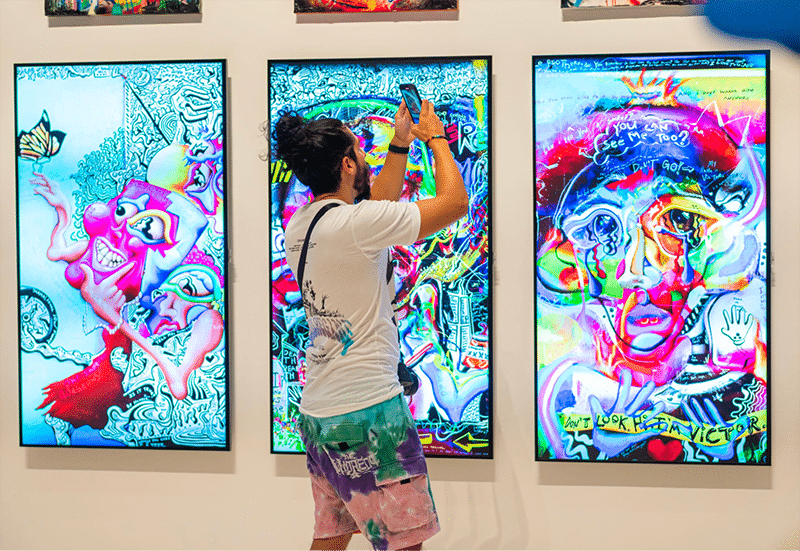
An NFT represents a novel way for cryptographically tokenizing anything of value to prove immutable ownership through the blockchain, which can range from music, videos, pictures to even certificates, licenses, and, of course, art.
However, most of the interest driving people to these tokens is the incredibly high prices that have been paid, especially in the art world. The $69 million paid for Beeple’s ‘Everydays: The First 5000 Days’ in March 2021 has become the stuff of legends and remains the most expensive NFT ever sold.
It’s all good and well to read such headlines, but where are creators selling their NFT art? Well, this article will answer this question by providing a list of the top platforms in this regard.
Things to consider before choosing an NFT platform
Much of the NFT space is uncharted territory presently, making it even more crucial to understand what you’re getting yourself into.
One of the large grey areas presently in creating NFTs is the transaction costs, which can be unpredictably high. This can range from a few dollars to several hundred dollars.
Ethereum is responsible for ‘minting’ the vast majority of such tokens currently. Sadly, this blockchain has been plagued with high transaction or gas fees. While other blockchains are used to produce NFTs like Binance Smart Chain, Solana, Klaytn, and Polygon, to name a few, they are still a minority.
Therefore, as an art creator, you need to find ways of minimizing the production cost. Additionally, you’ll have to observe other fees relating to the selling commission, royalties, conversion between different tokens, and even for initialization.
It’s fair to assume the fees are one of the primary considerations for choosing these NFT platforms. Here are other things to observe:
- Is the platform open or invite-only?
- What is the compatible blockchain standard? (e.g., Ethereum, Binance Smart Chain, etc.)
- What are the supported wallets? (e.g., MetaMask, Coinbase Wallet, Portis, Fortmatic, etc.)
- Does the marketplace have a robust verification process?
- Are there any other payment methods aside from crypto?
- How easy is it to mint the NFT?
Top NFT platforms for selling your art
Now that we’ve taken care of some ‘logistics,’ let’s now dive into the actual top platforms to sell your artworks in 2022.
OpenSea

Based in the United States, OpenSea was founded in December 2017 and is one of the first marketplaces to exist specializing in NFT buying and selling. According to DappRadar analytics, over $13 billion in volume has been traded on OpenSea among over 1.2 million traders since inception.
Presently, it remains the largest NFT platform by far. You can sell a range of different NFTs here aside from art like music, collectibles, trading cards, and other exciting items in more than 200 categories.
Another big plus with OpenSea is compatibility with three blockchains, namely Ethereum, Polygon, and Klaytn. This means you could avoid Ethereum’s high gas fees.
The platform’s service fee is a low 2.5%, along with a 10% royalty fee for secondary sales. Moreover, OpenSea supports 15 of the most popular wallets. With the average NFT selling for $1000 on the platform, according to Dapp Radar, any serious artist will want to be on OpenSea.
SuperRare
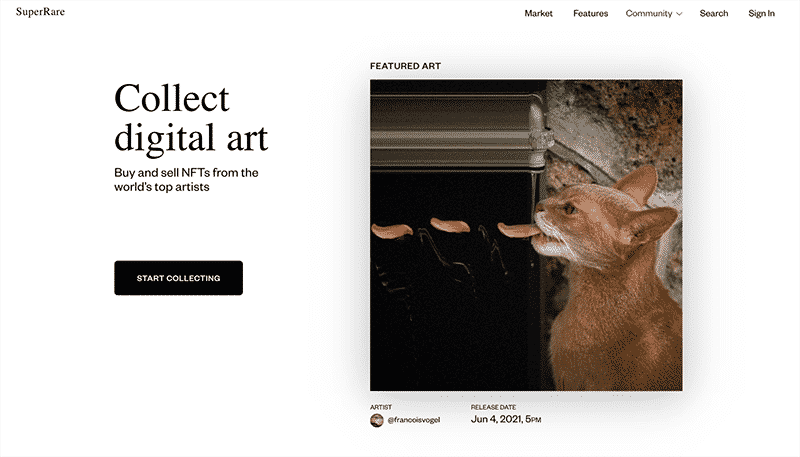
As the name suggests, SuperRare is all about highly rare, unique single-edition digital artworks, an ‘Instagram meets Christie’s’ type marketplace. Hence, it’s an invite-only platform where only a limited number of hand-picked features make the cut.
DappRadar ranks SuperRare #9 for NFT platforms processing the most sales, despite seeming like a niche and exclusive service. The service fee is 15%, among the highest in the industry. However, it does provide a 10% royalty for secondary sales.
Some of the most famed NFT art creators like Fewocious and Trevor Jones have sold their fantastic work on this platform.
SuperRare was launched in 2018 and only supported Ethereum-powered NFTs. Only three wallets are compatible with this service, namely Wallet Connect, Fortmatic and MetaMask.
While SuperRare is quite off-putting because of its exclusivity, with an average NFT price of about $8000, it’s a platform worth considering for exceptional artworks.
Rarible
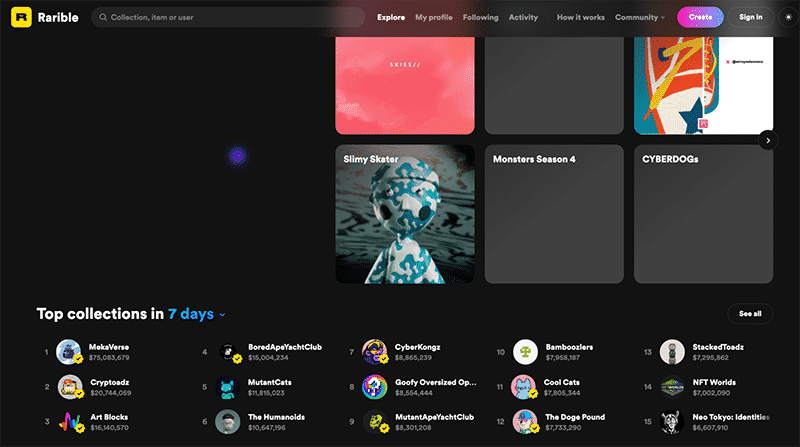
While only established in early 2020, this hasn’t deterred the Moscow-based platform from being the 8th largest NFT platform, according to DappRadar.
Interestingly, Rarible shares some similarities with OpenSea. For starters, the average all-time NFT price is close to $1000. Rarible is also an open platform selling a plethora of tokens in art, gaming, photos, domains, music, and DeFi (decentralized finance).
More significantly, you can view Rarible listings on OpenSea. Lastly, Rarible is a multi-chain platform supporting Ethereum, Flow, and Tezos NFTs.
The service charges a reasonable 2.5% commission for all successful sales, along with offering a 10% royalty fee to creators for any subsequent sales of their work. Rarible offers two other unique features.
For starters, users can buy the tokens using a VISA/Mastercard credit card. More intriguingly, Rarible has the RARI utility token. Like most utility tokens, users can get a few extra perks (in this case, art curation, governance voting, and community moderation).
Despite being around two years old, Rarible has undoubtedly proved its mettle, making it another excellent platform to sell your NFT art.
Final word
Hopefully, this article will have provided you with an overview of the things to consider with an NFT marketplace and the best options in this regard. So, where to from here? Of course, choosing the platform is the most straightforward part.
One trap artists will not want to fall into is believing selling NFTs is easy. Although sales in the thousands to millions of dollars have been frequently documented, such events are rare.
The reality for your average, unknown artist is far more down-to-earth. Therefore, as with selling anything, selling NFTs is a business where you have to start small and grow slowly from that point.
We cannot leave out understanding all the various costs involved in producing and listing an NFT. Furthermore, you need a substantial following of potential buyers who can appreciate your artwork for you to stand a chance of being successful.
